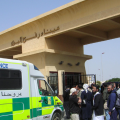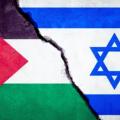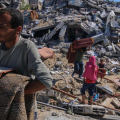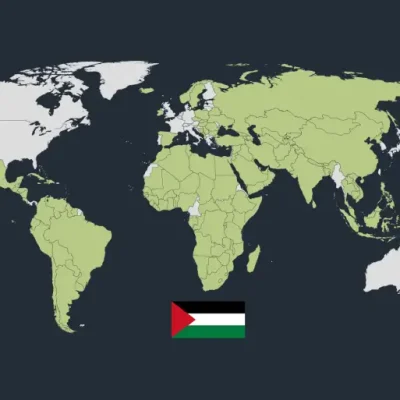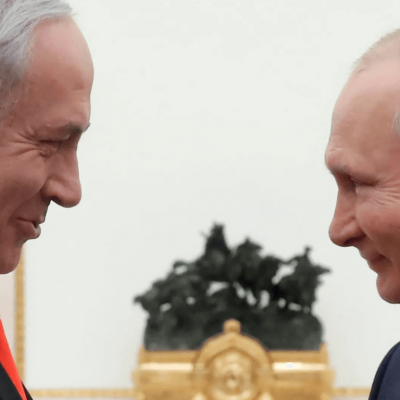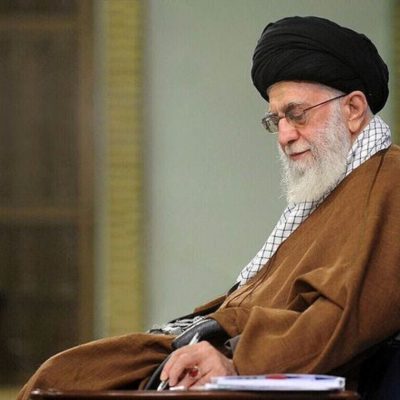Rafah’s Desperate Exodus: A Closer Look at the Humanitarian Catastrophe
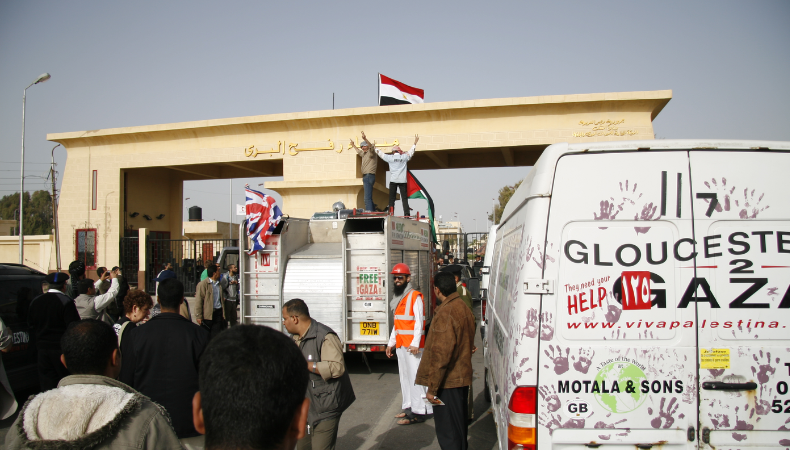
Once a bustle of activity and security, Rafah is now the hub of one of the biggest humanitarian crises of our time. Well-known for its bustling bazaars and vibrant population, Rafah has turned into a devastation and despairing spectacle. Within the past three weeks, the United Nations Relief and Works Agency (UNRWA) estimates that one million people have fled the city. Rafah is no longer livable because of the harsh circumstances and escalating conflicts.
Trigger of the Turmoil
Early in May, when Israeli military operations increased, the fighting became far more intense and there was a surge in airstrikes and ground operations. Soon after, sporadic battle turned into a full-scale military attack that devastated the city. Rafah, which is home to over 1.5 million Palestinians—many of whom have already been displaced from other parts of Gaza—has seen its infrastructure crumble, leaving its residents despaired. People now rarely have any means of subsistence and houses, hospitals, and schools have been reduced to ruins.
Abuse of the Uprooted
For the Rafah inhabitants fleeing, the trip is dangerous. They are made to leave their homes and possessions while the bombs keep coming, frequently with nothing more than the clothing on their backs. There is a severe lack of food, clean water, and safe housing, thus their trip is a desperate attempt to live. Many people have to trek through dangerous places in quest of safety wherever they can find it. Humanitarian agencies report that the situation is rapidly getting worse, with increasingly frequent sickness and hunger outbreaks among the displaced people.
National Reaction
The world community moved swiftly to denounce the atrocities. There was anger around the world when an especially terrible Israeli attack on a Rafah refugee camp killed at least 45 people. International Court of Justice has ordered the offensive to stop, and leaders everywhere have called for an instant ceasefire. These appeals have not made the situation on the ground any less dangerous or precarious. Although diplomatic initiatives are still in progress, the hostilities have not yet been stopped.
A Humanitarian Emergency Response
Strong fighting is seriously impeding humanitarian assistance. The displaced are suffering far more as a result of the bottleneck in assistance supply brought on by the closure of border crossings. Among the mayhem, UNRWA and other humanitarian organizations are finding it difficult to offer vital assistance. Access to the city is restricted, hence supplies of food, medication, and clean water are dangerously low. A precarious situation is made much worse by the ongoing danger of violence that keeps humanitarian workers from accessing those in need.
Keep on Reading
Road Ahead
The world is watching the crisis develop, hence there is no better time than now for a peaceful solution. The flight out of Rafah serves as a sad reminder of the human cost of war and the pressing need for humanitarian aid and diplomacy. The world community has to work much harder to arrange a truce and make sure that people in need receive humanitarian help. The circumstances in Rafah highlight how much more urgently the Israeli-Palestinian conflict needs to be resolved in order to address the underlying reasons of violence and offer a long-term route to peace and stability for the area.

